Ever walked into your house and been met with a weird smell? Maybe it’s yesterday’s dinner, a hint of dampness, or that mysterious scent pets and kids bring in. We’ve all been there. Reaching for a synthetic air freshener is an easy fix, but it just masks odors with chemicals.
As someone who’s been writing about home life for a decade, I’ve learned the best solutions are natural. They don’t just cover up smells; they eliminate them. Let’s explore how to make your home smell genuinely fresh, using simple, effective tricks that are good for your family and the planet.
1. The Simmer Pot: Your Stovetop Air Freshener

This is my absolute favorite trick, especially in the fall and winter. A simmer pot is like making a fragrant, all-natural potpourri in a saucepan. It’s incredibly simple and makes your entire home smell like you’ve been baking all day, even if you haven’t. The concept is ancient, but it’s seen a huge revival on social media lately because it just works. Here’s how to do it: Grab a small saucepan. Fill it about three-quarters full with water. Then, add any combination of aromatic ingredients you have on hand.
Classic combinations include orange slices, a couple of cinnamon sticks, and a teaspoon of cloves. For a fresh, clean scent, try lemon slices and fresh rosemary sprigs. Apple peels with a dash of vanilla extract is another winner. Bring the pot to a boil, then reduce the heat to a gentle, low simmer. Leave it on the stove, and as the water steams, it will carry those beautiful natural oils throughout your home. Just remember to top off the water every so often to prevent it from boiling dry. It’s a safe, chemical-free way to infuse your space with warmth and comfort.
2. Baking Soda: The Unsung Hero of Odor Absorption

Most of us have a box of baking soda sitting in the back of the fridge. But its power goes far beyond keeping leftovers from mingling. Baking soda, or sodium bicarbonate, is a natural odor absorber (not just a masker). Its molecules are designed to neutralize both acidic and basic odor molecules, effectively eliminating smells at the source. You can leverage this power all over the house. Place an open box in your musty basement, a closet, or near the cat’s litter box.
For a more decorative approach, fill a small mason jar halfway with baking soda, cover the top with a pretty piece of fabric or some paper doilies secured with a rubber band, and place it discreetly on a shelf. You can even add 5-10 drops of your favorite essential oil to the baking soda for a subtle scent boost. For carpets, sprinkle baking soda generously, let it sit for at least 15 minutes (or even overnight for deep odors), and then vacuum thoroughly. It’s a cheap, non-toxic first line of defense against stubborn household odors.
3. Essential Oil Diffusers: Modern Aromatherapy
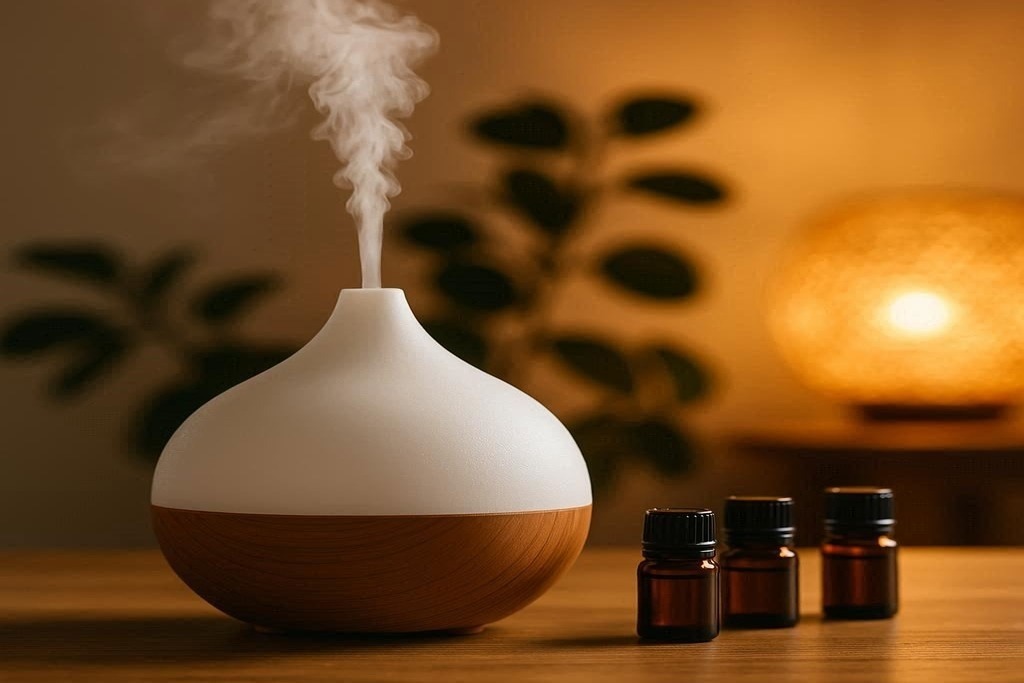
Essential oil diffusers have become a popular way to naturally scent a home, and for good reason. These devices use ultrasonic vibrations to break a mixture of water and essential oils into a fine, scented mist that’s dispersed into the air. Unlike burning a candle or incense, there’s no smoke, making it a great option for those with respiratory sensitivities.The key is using high-quality, pure essential oils. Lavender is renowned for its calming properties, perfect for bedrooms in the evening.
Citrus scents like sweet orange or lemon are fantastic for creating an energetic, clean atmosphere in kitchens and living areas. Eucalyptus or peppermint can help clear sinuses and create a spa-like vibe in bathrooms. Always follow your diffuser’s instructions for the water-to-oil ratio, and start with fewer drops—you can always add more. Diffusing for 30-60 minutes at a time is often enough to refresh a room without overwhelming it.
4. Houseplants: Nature’s Air Purifiers
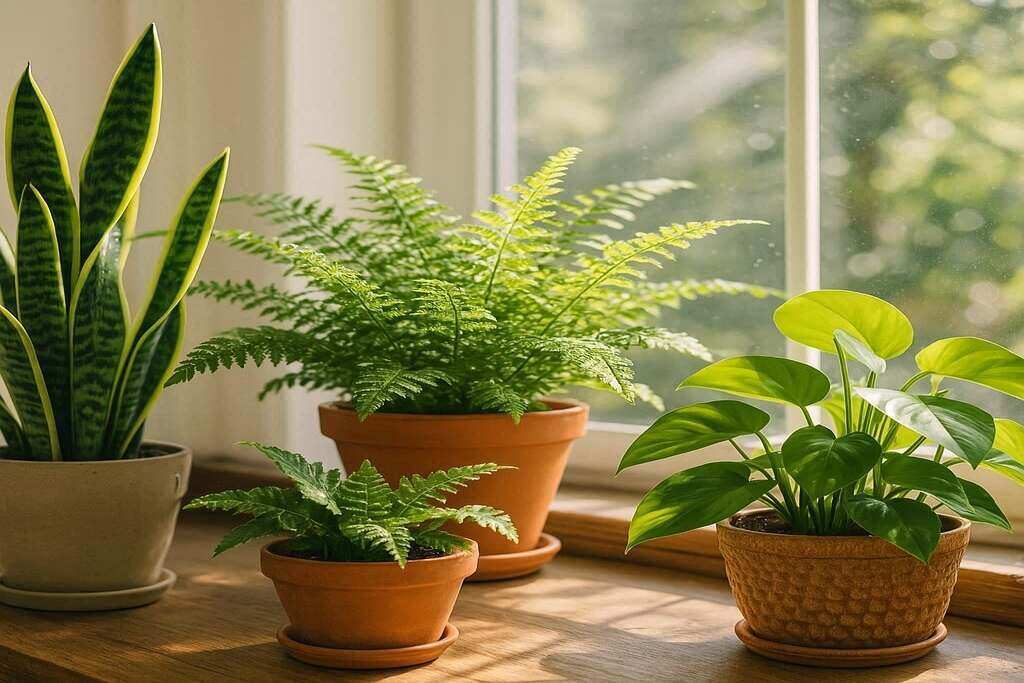
Some houseplants do more than just look pretty; they actively clean the air. A famous NASA study found that certain plants can remove toxic agents like formaldehyde, benzene, and ammonia from the air through their natural processes. While you’d need a veritable jungle to fully purify the air in a whole home, incorporating a few of these plants can contribute to a fresher environment.The Peace Lily is a powerhouse that thrives in lower light and helps remove all three of the common toxins mentioned above.
Snake Plants (also called Mother-in-Law’s Tongue) are virtually indestructible and are unique because they release oxygen at night, making them ideal for bedrooms. Spider Plants are non-toxic to pets and excellent at battling pollutants like benzene and formaldehyde. Remember, healthy plants are key. Wipe dust off their leaves regularly so they can breathe and do their job effectively.
5. Fresh Air: The Simplest Trick in the Book

It sounds almost too obvious, but never underestimate the power of opening your windows. Indoor air can be 2 to 5 times more polluted than outdoor air, according to the EPA, due to off-gassing from furniture, cleaning products, and daily activities like cooking. Stagnant air holds onto odors.Creating a cross-breeze is the most effective method. Open windows on opposite sides of your home to allow fresh air to flow through, pushing out the stale air.
Even doing this for just 10-15 minutes a day can make a dramatic difference. Make it a morning ritual: while you’re brewing your coffee, crack a few windows. It’s free, it’s easy, and it instantly replaces stuffy, odor-laden air with fresh, oxygen-rich air from outside. There’s no plug-in or spray that can achieve that level of genuine refreshment.
6. DIY Natural Sprays: Instant Fresheners You Control
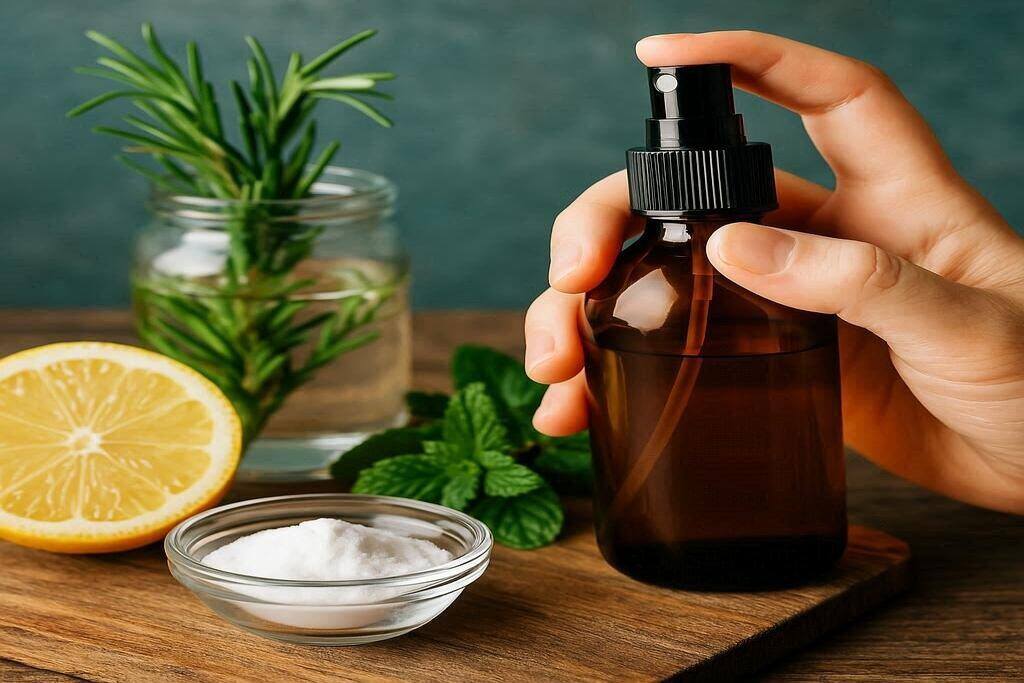
Commercial air sprays are full of mysterious “fragrances” and propellants. Making your own gives you complete control over the ingredients and the scent. It’s simple, safe, and effective. All you need is a clean spray bottle, some distilled water, a splash of high-proof alcohol (like vodka or rubbing alcohol), and your chosen essential oils. The alcohol acts as an emulsifier, helping the oils mix with the water, and it also helps the spray dry quickly without residue.
A good basic recipe is: fill a 16-ounce spray bottle almost to the top with distilled water (it lasts longer than tap water). Add two tablespoons of vodka. Then, add 30-40 drops total of your essential oils. Shake well before each use. You can create a “Clean Linen” scent with lavender and lemon, a “Woodsy” scent with cedarwood and fir, or a “Fresh Spa” scent with eucalyptus and tea tree. Spray it into the air, on upholstery, or on curtains for an instant lift.
7. Lemon and Salt Drain Cleaner

Often, the source of a kitchen sink odor isn’t the garbage disposal; it’s the drain pipe. Food particles and grease can get stuck in the pipes and begin to rot, causing a foul smell to waft up. Instead of using harsh chemical drain cleaners, try this natural and effective method. Start by pouring a half cup of baking soda directly down the drain. Follow this with the juice of one whole lemon (or about 1/4 cup of bottled lemon juice).
The baking soda and citric acid will react, creating a fizzing action that helps break down grime and deodorize. Let this mixture sit for at least 30 minutes. Then, flush the drain with a pot of boiling hot water. For extra cleaning power, you can follow the boiling water with a handful of coarse salt, letting it scour the sides of the disposal blades before flushing with more hot water. This monthly maintenance will keep your kitchen sink smelling citrusy and clean.
8. Vanilla Extract in the Oven
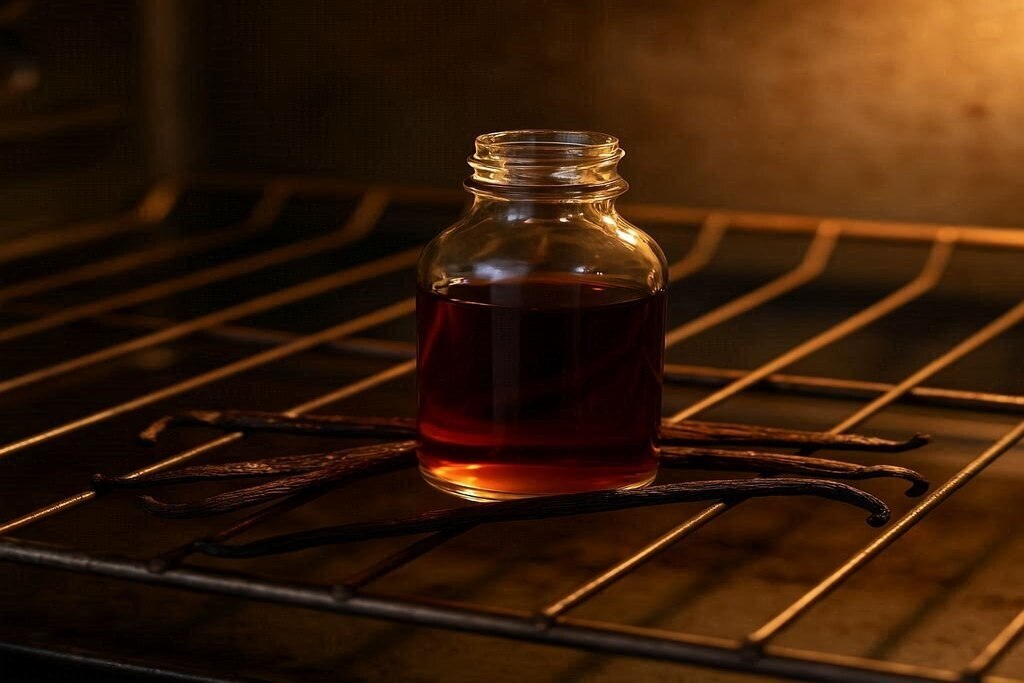
If your kitchen smells like last night’s roasted fish or garlic bread, baking a tray of cookies isn’t the only solution. A tiny drop of pure vanilla extract can work wonders. Vanilla has a warm, comforting scent that is incredibly effective at neutralizing stronger, unpleasant odors. Here’s the trick: preheat your oven to 300°F (150°C). Take a small oven-safe bowl or ramekin and pour in about a teaspoon of pure vanilla extract.
Place it in the oven for about an hour. As it heats, the vanilla will evaporate and spread its sweet scent throughout your kitchen and beyond. You can do the same thing on the stovetop by adding a teaspoon of vanilla to a small saucepan of water and letting it simmer gently. It’s a classic trick used by real estate agents to make a house feel like a “home” for viewings.
9. DIY Carpet and Upholstery Deodorizer
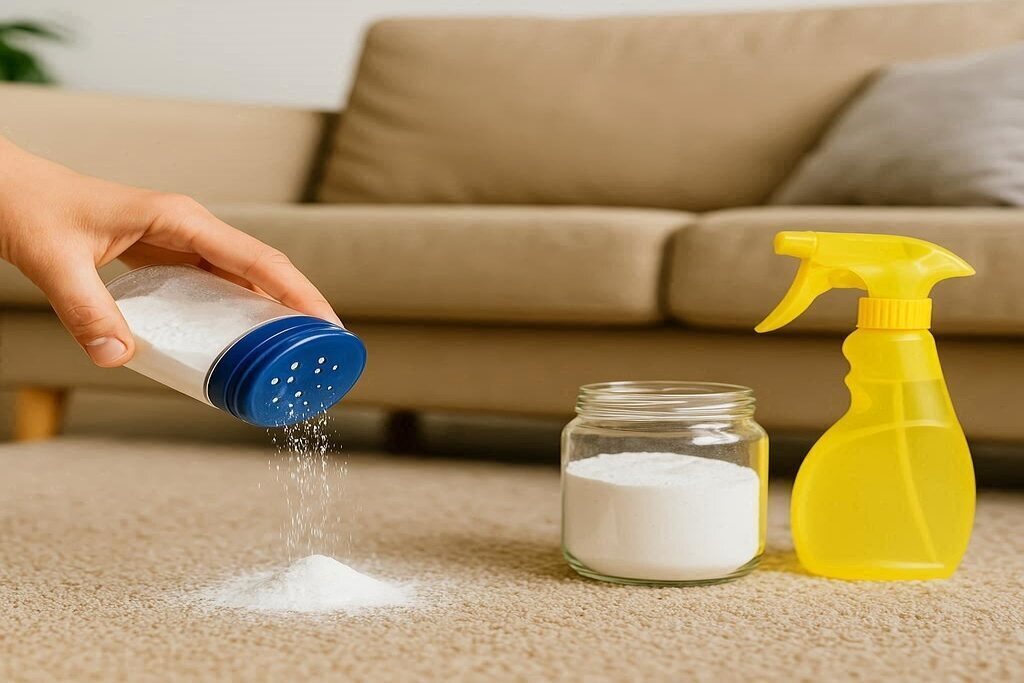
Carpets and upholstered furniture are odor magnets. They trap pet dander, food crumbs, and everyday dirt, which can lead to a stale smell. Instead of buying commercial powders that often contain chemicals, make your own. It’s safer for your family, your pets, and your vacuum cleaner. In a jar or container with a lid, mix one cup of baking soda with 10-15 drops of your favorite essential oil. Lavender, tea tree (for its antibacterial properties), or citrus oils work well.
Put the lid on and shake the jar vigorously to distribute the oil evenly. Let it sit for an hour to dry out. Then, sprinkle the mixture liberally over your dry carpet or furniture. Work it in gently with a brush or your fingers and let it sit for at least 30 minutes—overnight is even better for deep odors. Then, vacuum thoroughly. The baking soda will absorb odors while the essential oil leaves a fresh, light scent behind.
10. The Power of Herbs: Rosemary and Mint
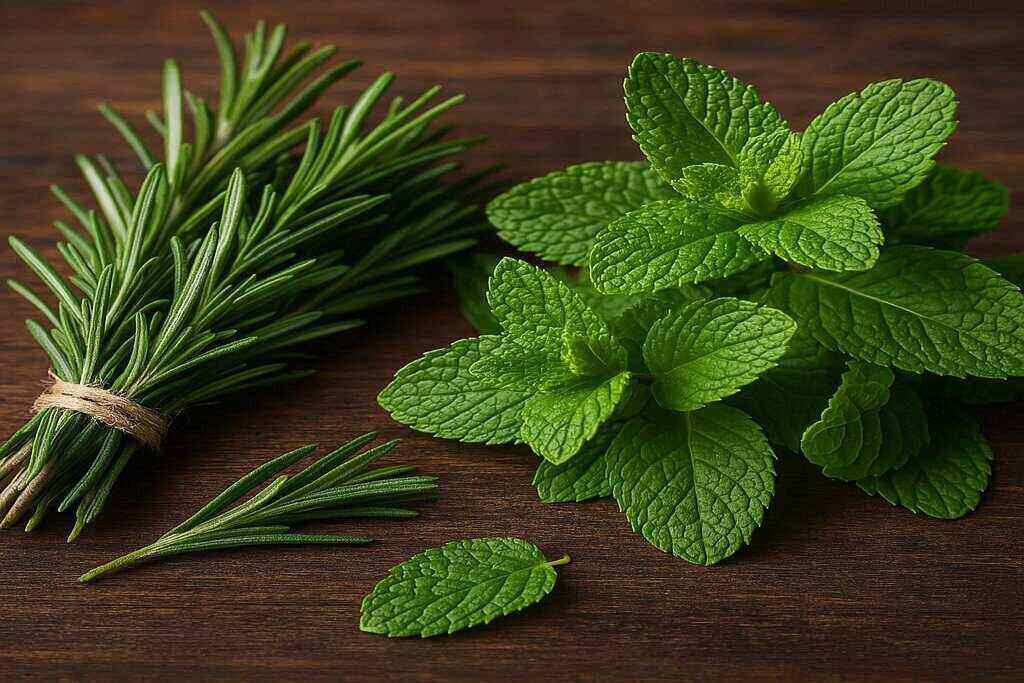
Fresh herbs aren’t just for cooking. They are packed with natural aromatic oils that can instantly freshen a space. Rosemary has a sharp, clean, pine-like scent that is invigorating and great for neutralizing odors. Mint is incredibly potent and leaves a crisp, clean feeling in the air. An easy way to use them is to make a simple bouquet. Tie a few sprigs of rosemary or mint together with some string and hang them in a doorway or place them in a vase on your table.
As you brush past them, they’ll release their scent. You can also strip the leaves from the stems, place them in a small bowl, and crush them slightly with your fingers to release more oils. For a stronger effect, add a handful of rosemary sprigs to a simmer pot with a few slices of lemon. It’s a natural, beautiful, and edible air freshener.
11. Coffee Grounds: Neutralizing Strong Odors
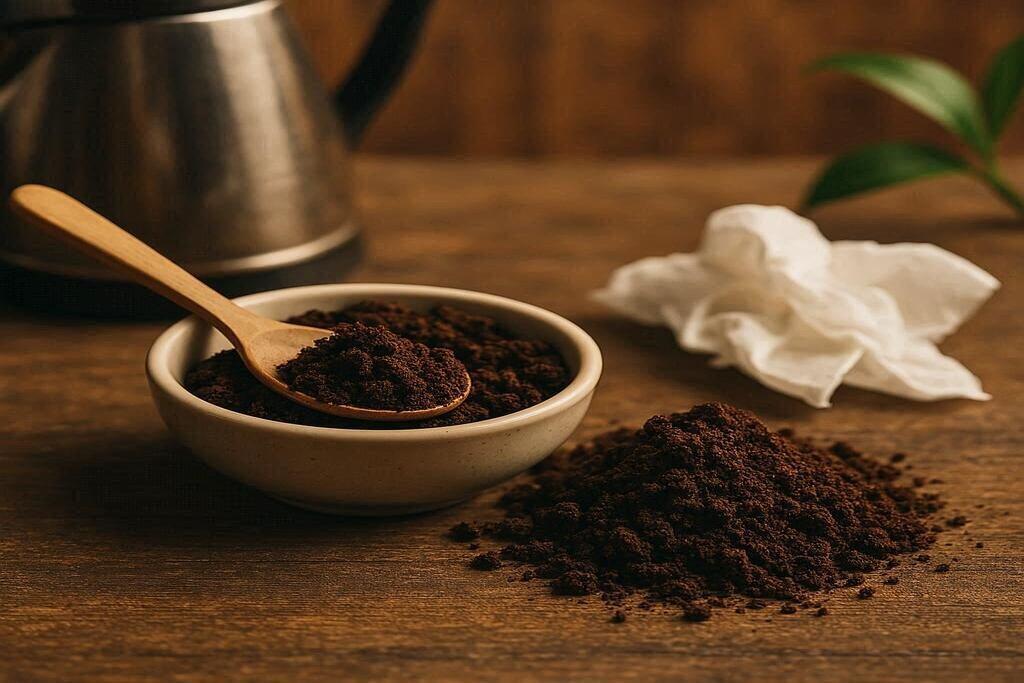
Used coffee grounds are a secret weapon against powerful odors. They are excellent absorbers, thanks to their nitrogen content and porous surface area, which traps odor molecules. This makes them perfect for tackling strong smells like garlic, onion, or fish on your hands, but also for freshening up spaces. After you brew your morning pot, don’t throw the grounds away! Let them cool and dry out on a plate.
Then, place them in a small, open bowl or container and set them in the refrigerator, freezer, or even a smelly closet to act as a natural odor absorber. They will need to be replaced every week or two. You can also place a bowl of dry grounds in a musty basement or garage. The rich, coffee scent will help neutralize the unpleasant smells without being overpowering.
12. Natural Reed Diffusers
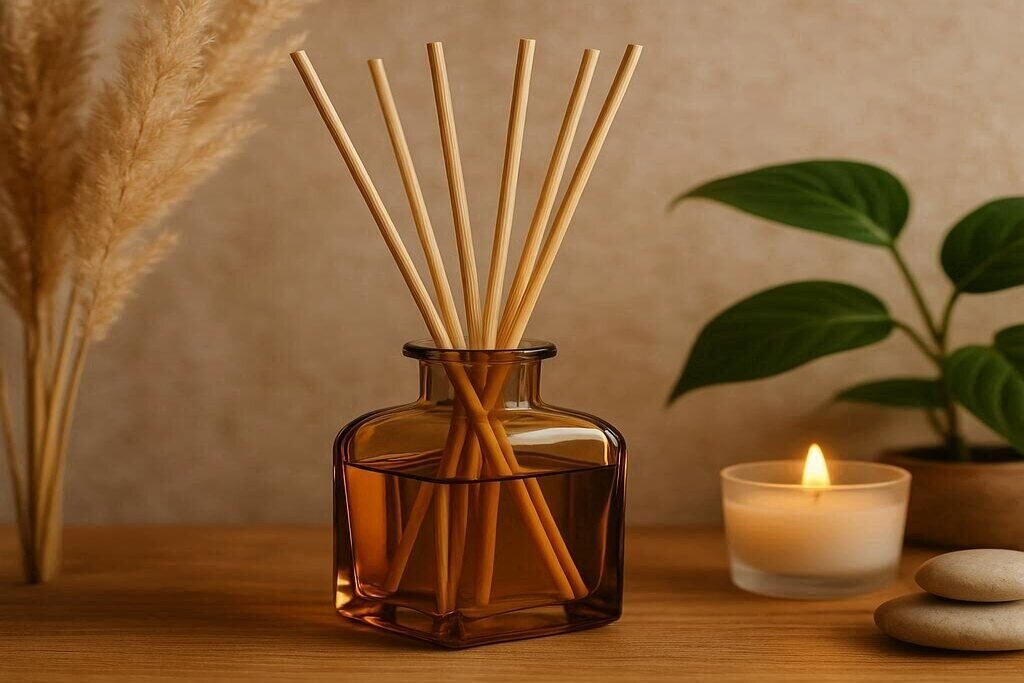
Reed diffusers offer a constant, flame-free scent without any electricity. While store-bought versions can be expensive and contain synthetic fragrances, making your own is simple and allows for natural customization. The reeds act as wicks, slowly drawing the scented oil up and diffusing it into the air. To make your own, you’ll need a narrow-necked vase or bottle, some rattan reeds (they have channels inside that are perfect for wicking), a light carrier oil like safflower or sweet almond oil, and essential oils.
Fill the vase about three-quarters full with the carrier oil. Add 50-100 drops of your chosen essential oils. Place the reeds in the vase and let them soak for an hour. Flip the reeds to saturate the dry ends and to refresh the scent. Place it in a spot away from direct sunlight and drafts. Flip the reeds every few days to maintain a consistent fragrance.
13. Cleaning with Vinegar
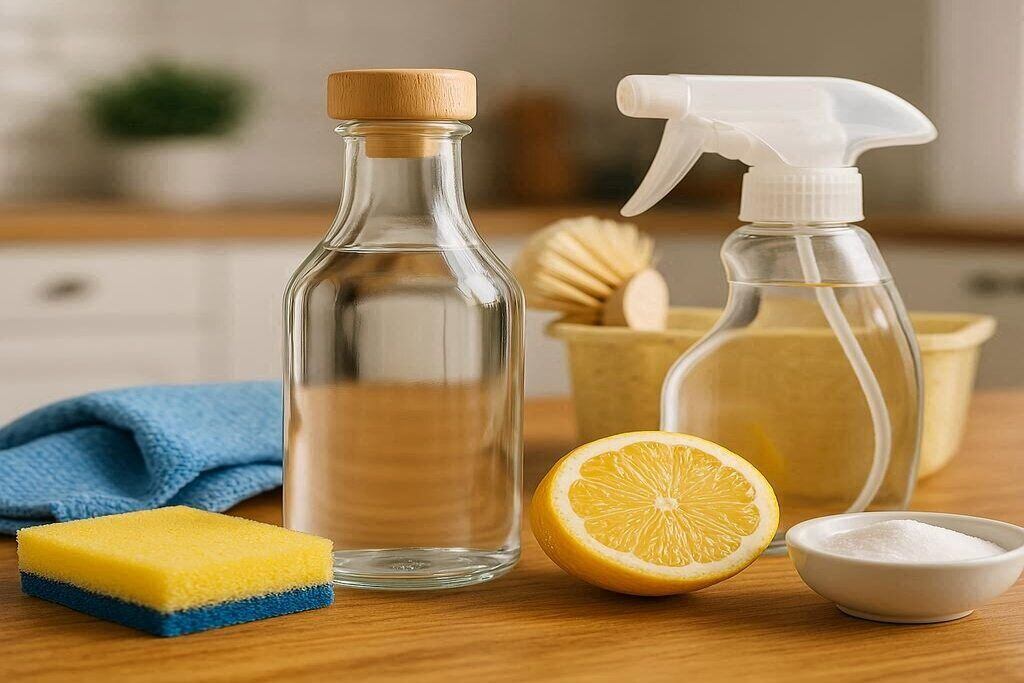
White vinegar is a powerful, natural cleaning agent and deodorizer. Its high acidity makes it brilliant at cutting through grease, dissolving mildew, and killing bacteria and mold—all major sources of bad smells. The strong vinegar odor itself disappears completely once it dries, taking the bad smells with it. Use a solution of equal parts white vinegar and water in a spray bottle to clean and deodorize kitchen counters, cutting boards, the inside of your microwave, and bathroom surfaces.
To tackle a stinky garbage disposal, pour a half cup of baking soda followed by a cup of vinegar down the drain. Let it fizz for 10 minutes, then flush with hot water. For stubborn smells in laundry, add a cup of vinegar to the rinse cycle—it naturally softens fabrics and eliminates mildew odors without the use of harsh chemicals.
14. The Dryer Sheet Alternative
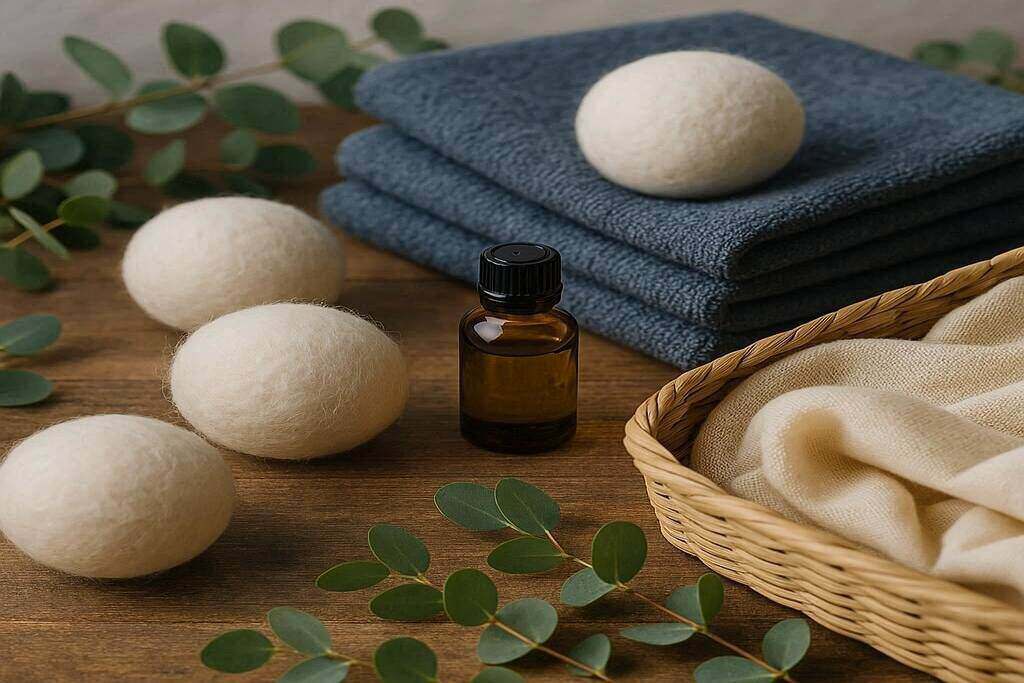
Commercial dryer sheets are coated with chemicals and synthetic fragrances that can irritate skin and coat your dryer’s lint sensor. A natural, reusable alternative is the wool dryer ball. They are simple, felted wool balls that you toss into the dryer with your wet laundry. As they tumble, they help separate clothes, allowing hot air to circulate more efficiently.
This can reduce drying time by up to 25%, saving energy. To add scent, simply add 2-3 drops of essential oil to each wool ball before starting the dryer. The heat will release the fragrance into your laundry, leaving it smelling naturally fresh without any chemical residue. A set of wool dryer balls can last for over a thousand loads, making them an eco-friendly and economical choice.
15. Mind the Source: Regular Trash and Compost
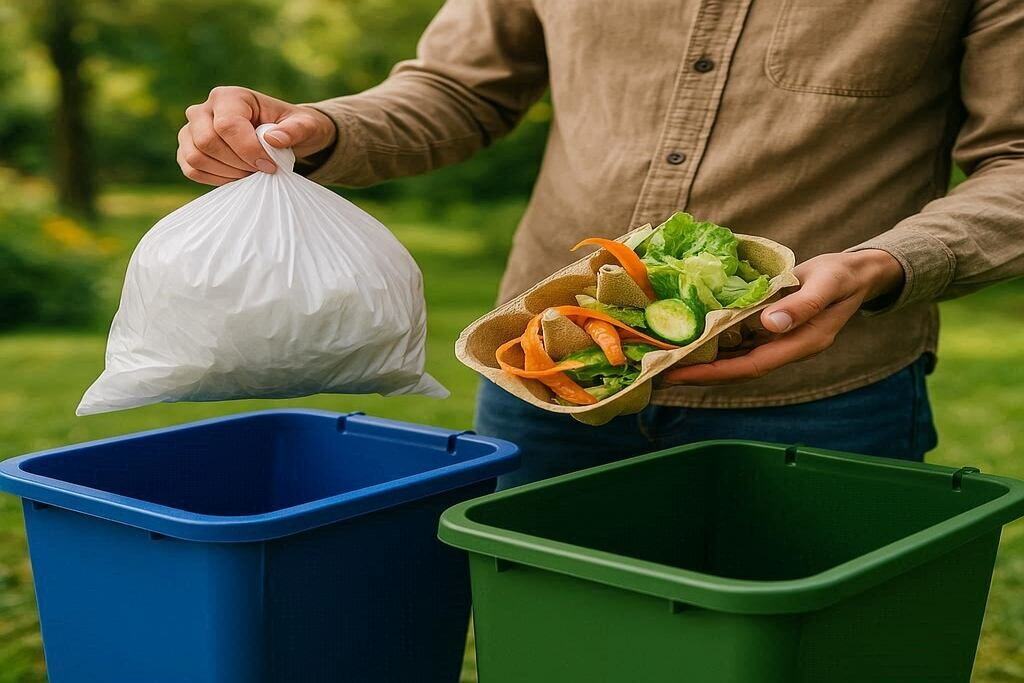
No amount of simmer pots or baking soda can overcome a neglected trash can. The most important step in maintaining a fresh-smelling home is to eliminate the source of odors before they start. This means being diligent about your garbage and compost. Always use a liner in your trash cans. Sprinkle a little baking soda at the bottom of the can before inserting the new bag to absorb any lingering liquids or smells.
Take the trash out regularly, especially if it contains food waste. For compost bins in the kitchen, empty them daily. Clean your kitchen and bathroom trash cans monthly with a vinegar and water solution to dissolve any sticky residues. Managing waste proactively is the single most effective way to prevent odors from taking hold in the first place.
Conclusion
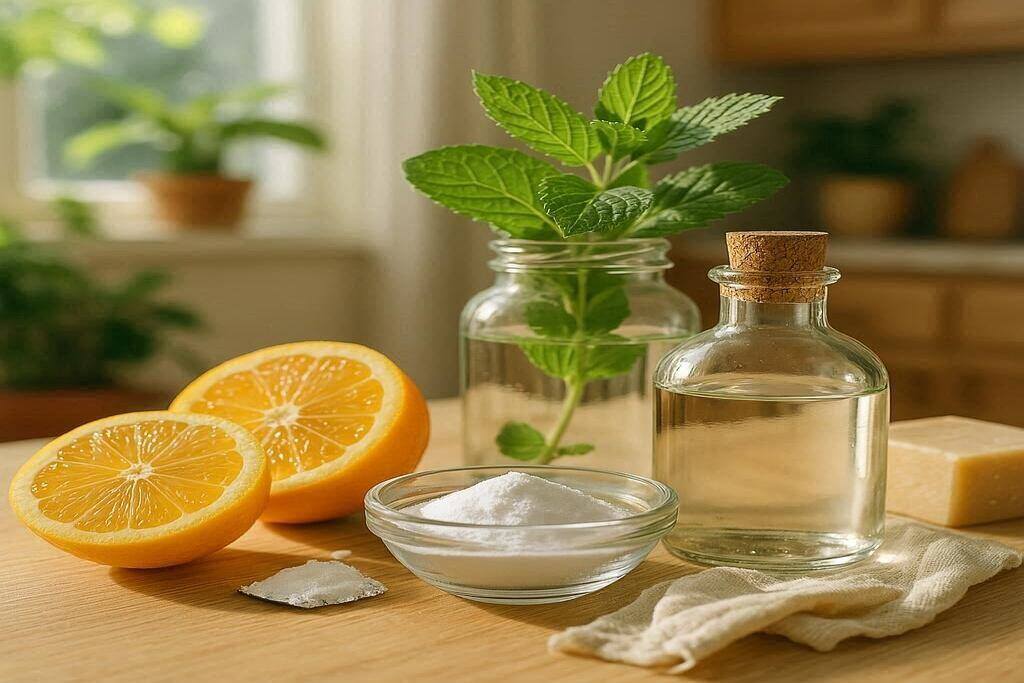
Creating a home that smells naturally fresh isn’t about hiding odors with stronger synthetic scents. It’s about using the simple, powerful ingredients nature provides to clean, absorb, and uplift your space. These methods are kinder to your health, your wallet, and the environment. So, the next time you sense a stale smell, don’t reach for that plastic spray bottle. Open a window, slice a lemon, or sprinkle some baking soda. A little bit of natural effort makes all the difference, turning your house into a truly fresh and welcoming home. You’ve got this!

